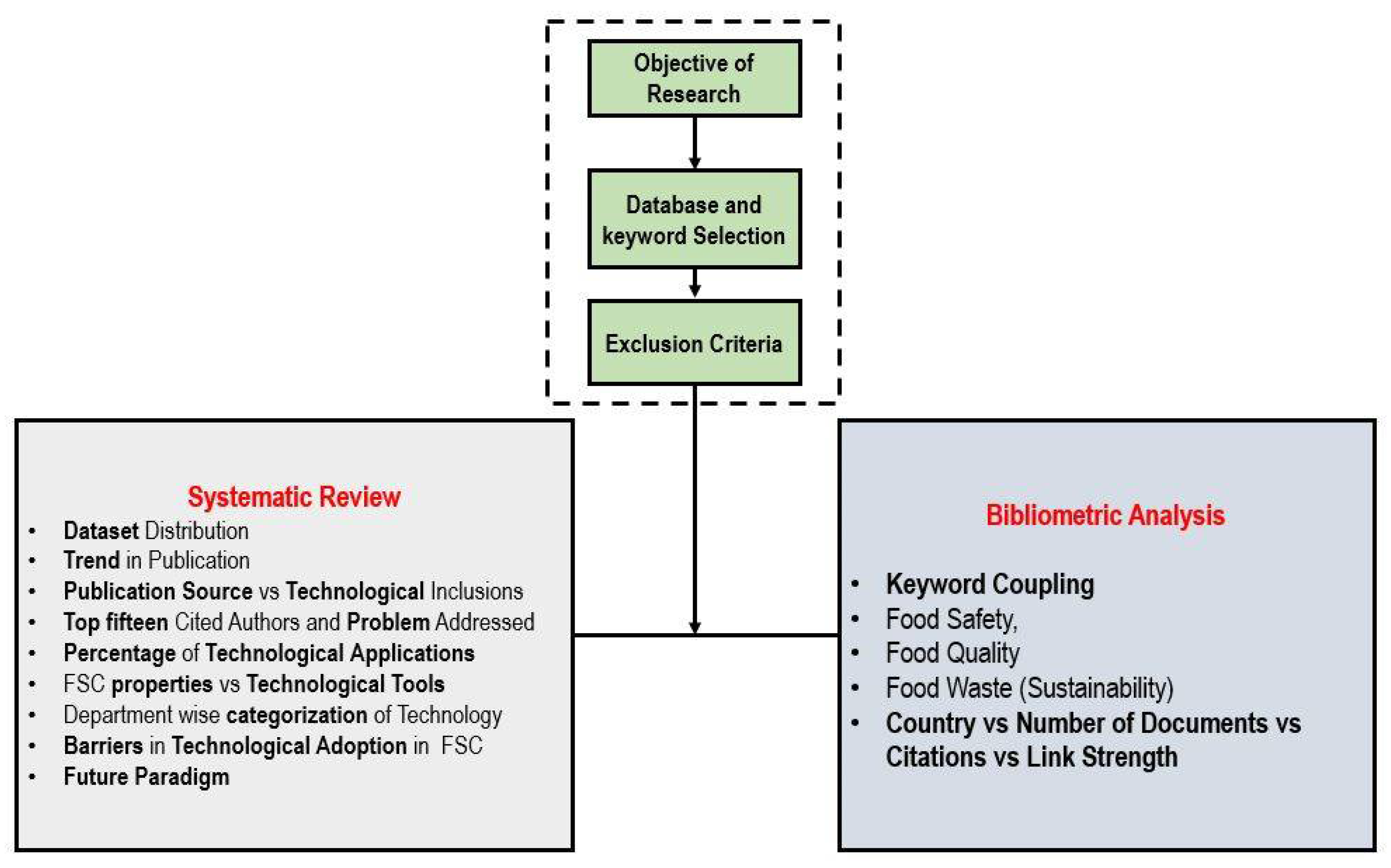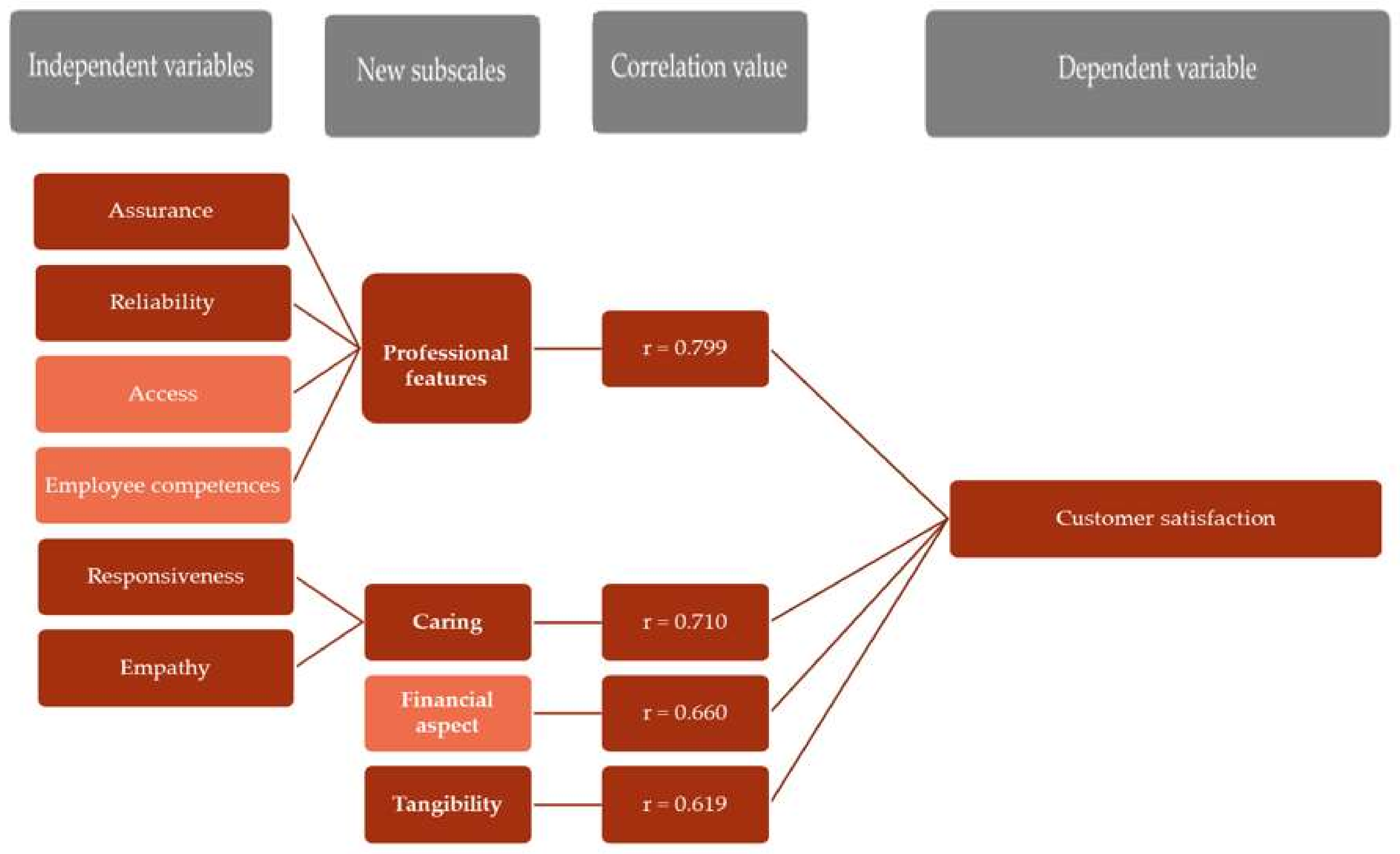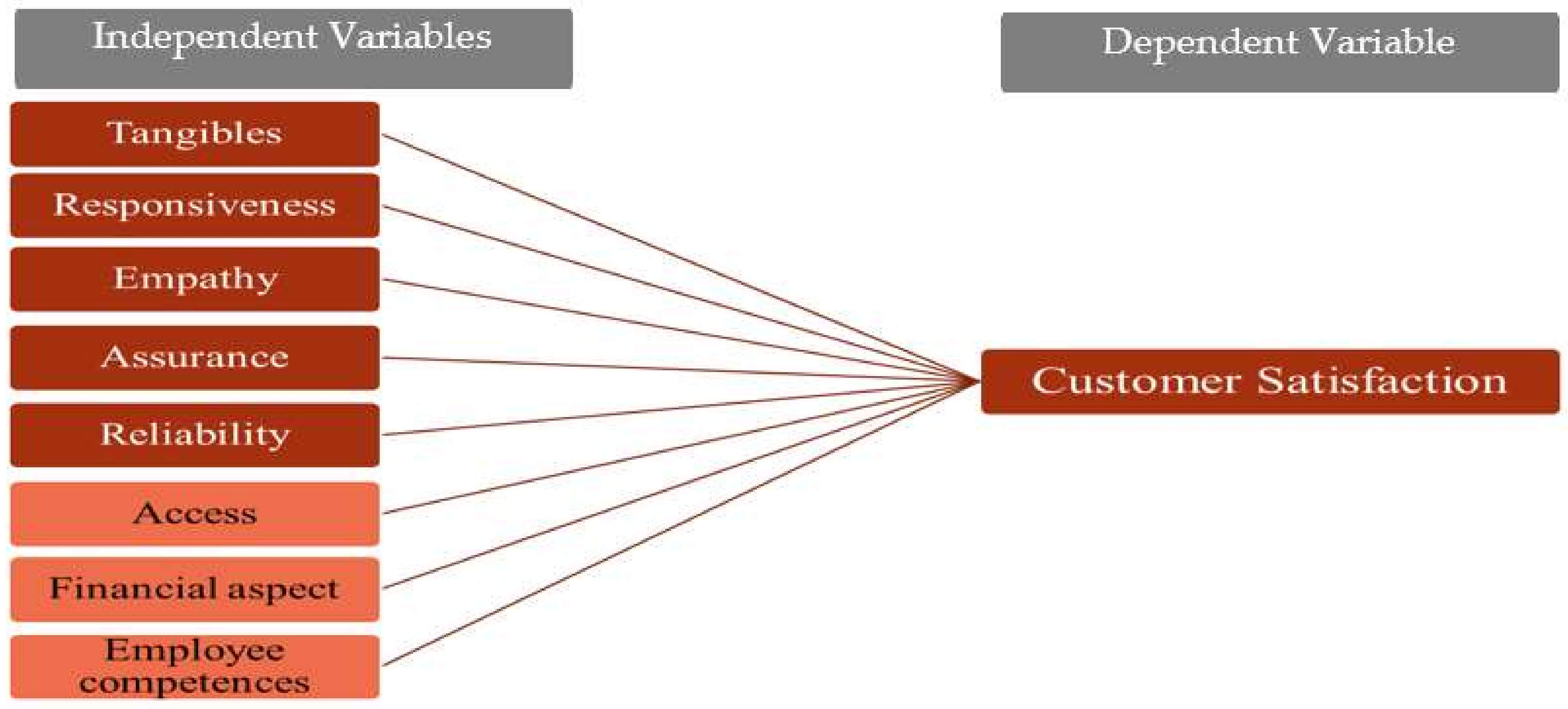The Still-face Paradigm Has Been Used Primarily to Study
In Ainsworth et als 1978 study of. The Still-Face Paradigm SFP one of the most widely used measures to assess infant reactivity and emotional competence evokes infant self-regulatory responses to parental interaction and.

Logistics Free Full Text Food Supply Chain Transformation Through Technology And Future Research Directions Mdash A Systematic Review Html
However the still-face manipulation has been used to study the effects of various developmental disorders including Down syndrome Carvajal.

. Question 1 2 out of 2 points The still-face paradigm has been used primarily to study Selected Answer. The still-face paradigm has been used primarily to study emotion regulation in infants. Is a procedure developed by Edward Tronick in 1978 where a mother faces her baby and is asked.
100 out of 100 Question 1 2 2 pts The still-face paradigm has been used primarily to study Emotion regulation in infants. Score for this attempt. When Tamara responds to the crying of her 4-month-old baby Jessie she tries to figure out what has.
The Face-to-Face Still-Face FFSF paradigm is a widely adopted experimental procedure to assess infants response to socio-emotional stress during the first months of life. Individual differences in still-face re-sponses-The still-face paradigm has been used primarily to investigate normative in-fant responses to perturbations in social in-teraction. Emotion regulation in infants.
The Still-Face SF paradigm has been widely used to study infant stress reactivity for reviews see 44 45. The still-face paradigm has been used primarily to study emotion regulation in infants. A recent meta-analysis identified 33 peer-reviewed studies that investigate its.
Assuring survival and security proximity maintenance secure base safe haven. The still-face paradigm has been used primarily to study. The effect of this paradigm has been studied in different countries and age ranges but research in Latin America and with toddlers eg 23 years old of different socioeconomic.
Legerstee Bowman 1989. The Still-face Paradigm has been widely used for the assessment of emotion regulation in infants as well as for the study of the mother-child relationship. The Still Face Paradigm SFP is a 6-minute laboratory procedure used to explore interaction patterns between infants and caregivers Tronick Als Adamson Wise Brazelton 1978.
The still-face has been found to evoke marked changes in infant behavior now known as the still-face effect. Cours e 201830 Summer 2018 HSCO 502- D01 LUO Test Test 1 3 wrong Question 1 2 out of 2 points The still-face paradigm has been used primarily to study Selected. Infants typically show increased gaze aversion less smiling and.
1 a normal face-to-face caregiver-infant social interaction during which. The still-face experiment has also been used to investigate cross-cultural differences deaf infants infants with Down syndrome cocaine-exposed infants autistic. Study of the patterns of growth and change that occur throughout life.
The Still-face Paradigm has been widely used for the assessment of emotion regulation in infants as well as for the study of the mother-child relationship. The Still-Face Paradigm SFP has been examined extensively as a measure of infant self-regulation and maternal attunement Conradt and Ablow 2010 Lowe et al 2012 Mesman et. The classic Face-to-Face Still-Face paradigm confronts young infants with three successive interactive contexts.
What is the still face paradigm what happens in the andrew meltzoff exp. Phillipas husband Manuel is worried about her plan to return to full-time employment when their baby is. What does it show - mother engages with baby afterwards mother stills and baby begins to act negatively.

Sustainability Free Full Text The Service Quality Dimensions That Affect Customer Satisfaction In The Jordanian Banking Sector Html

Sustainability Free Full Text The Service Quality Dimensions That Affect Customer Satisfaction In The Jordanian Banking Sector Html
Comments
Post a Comment